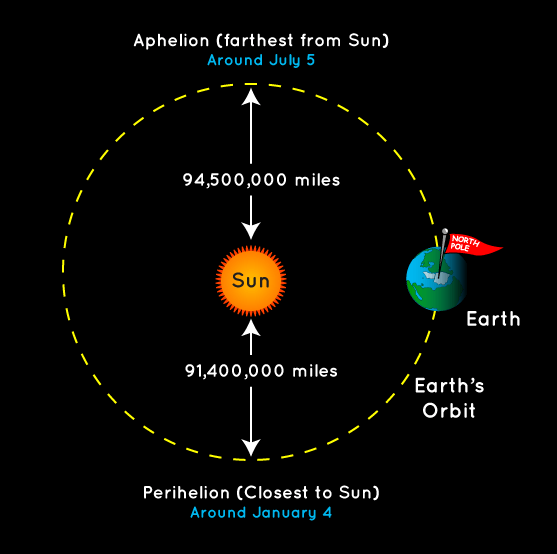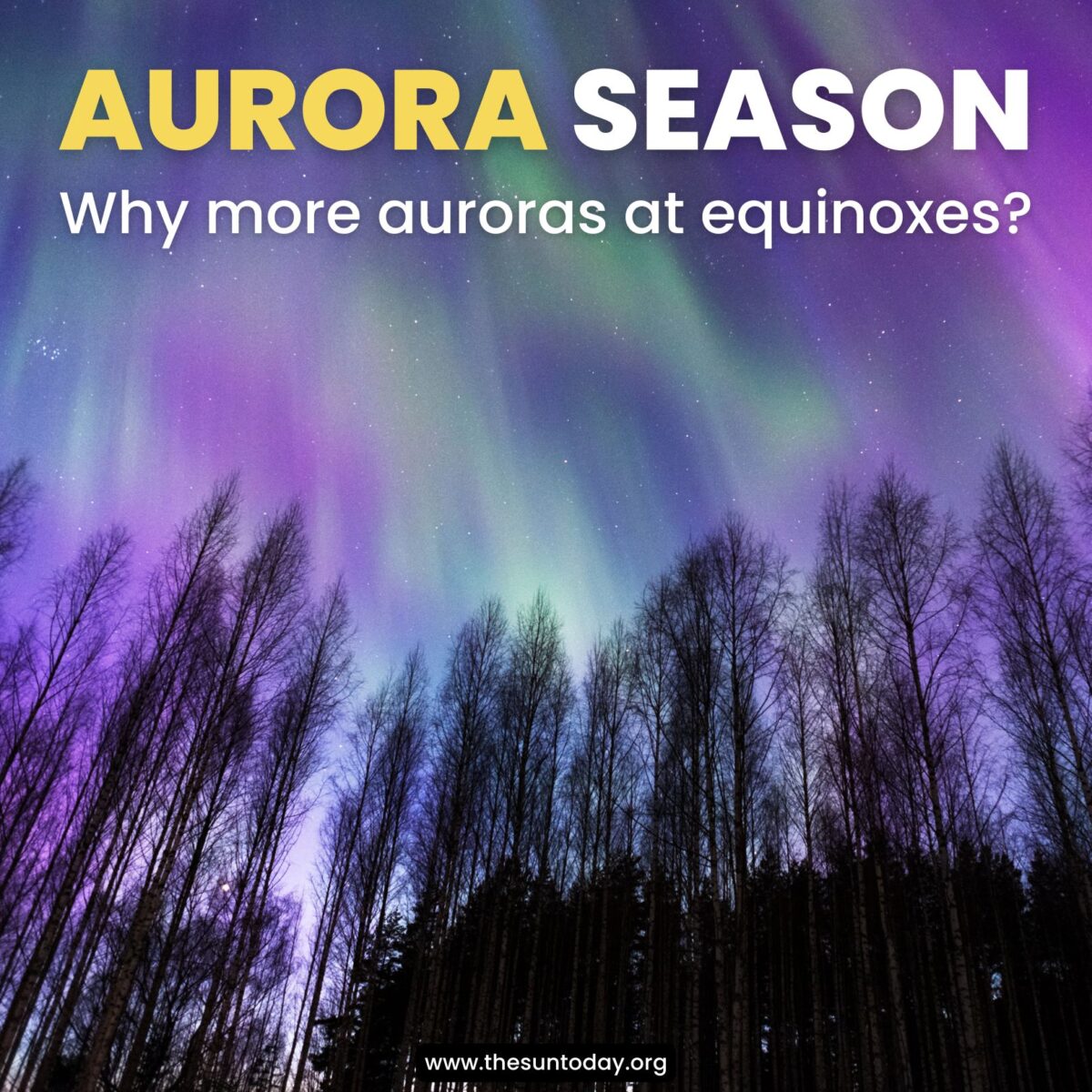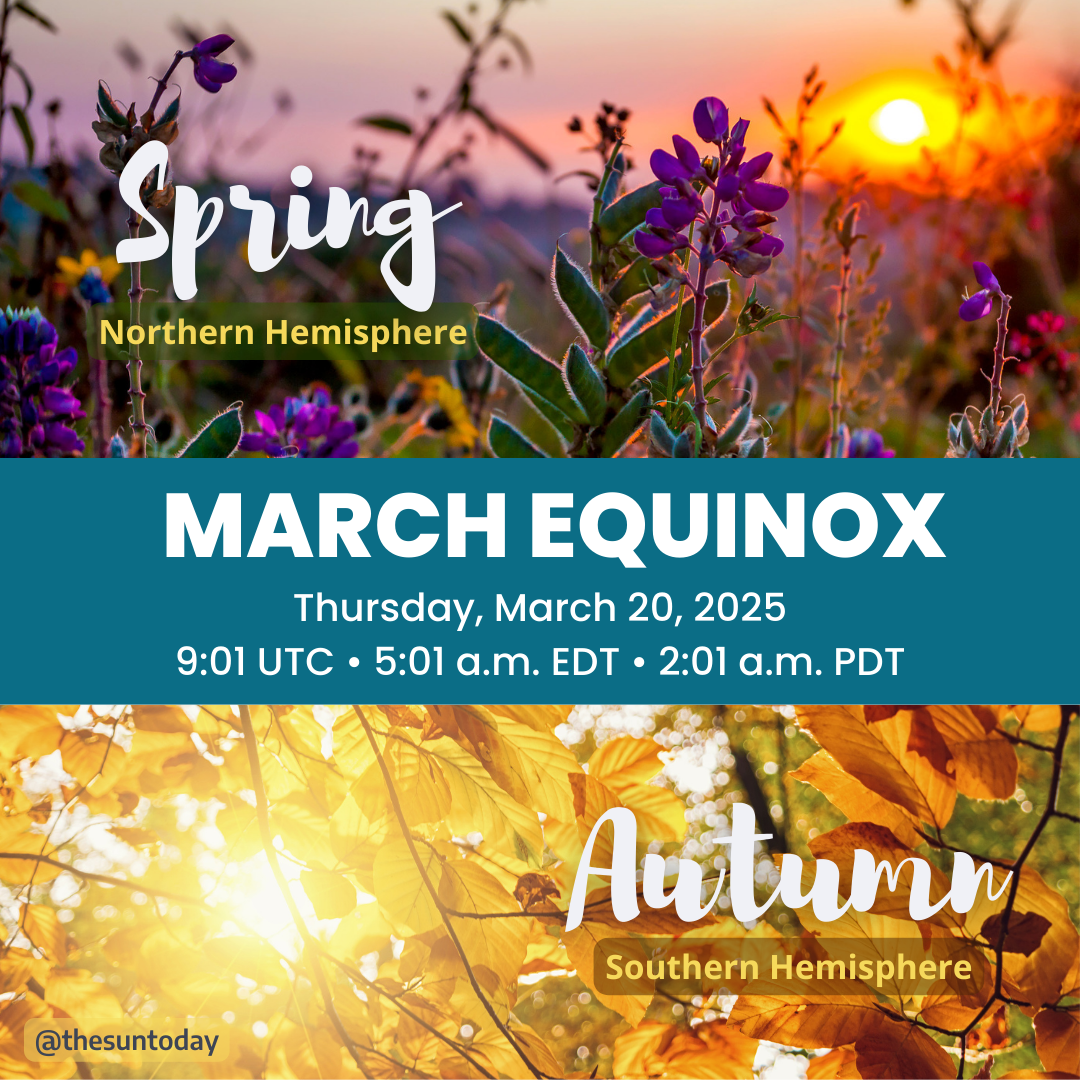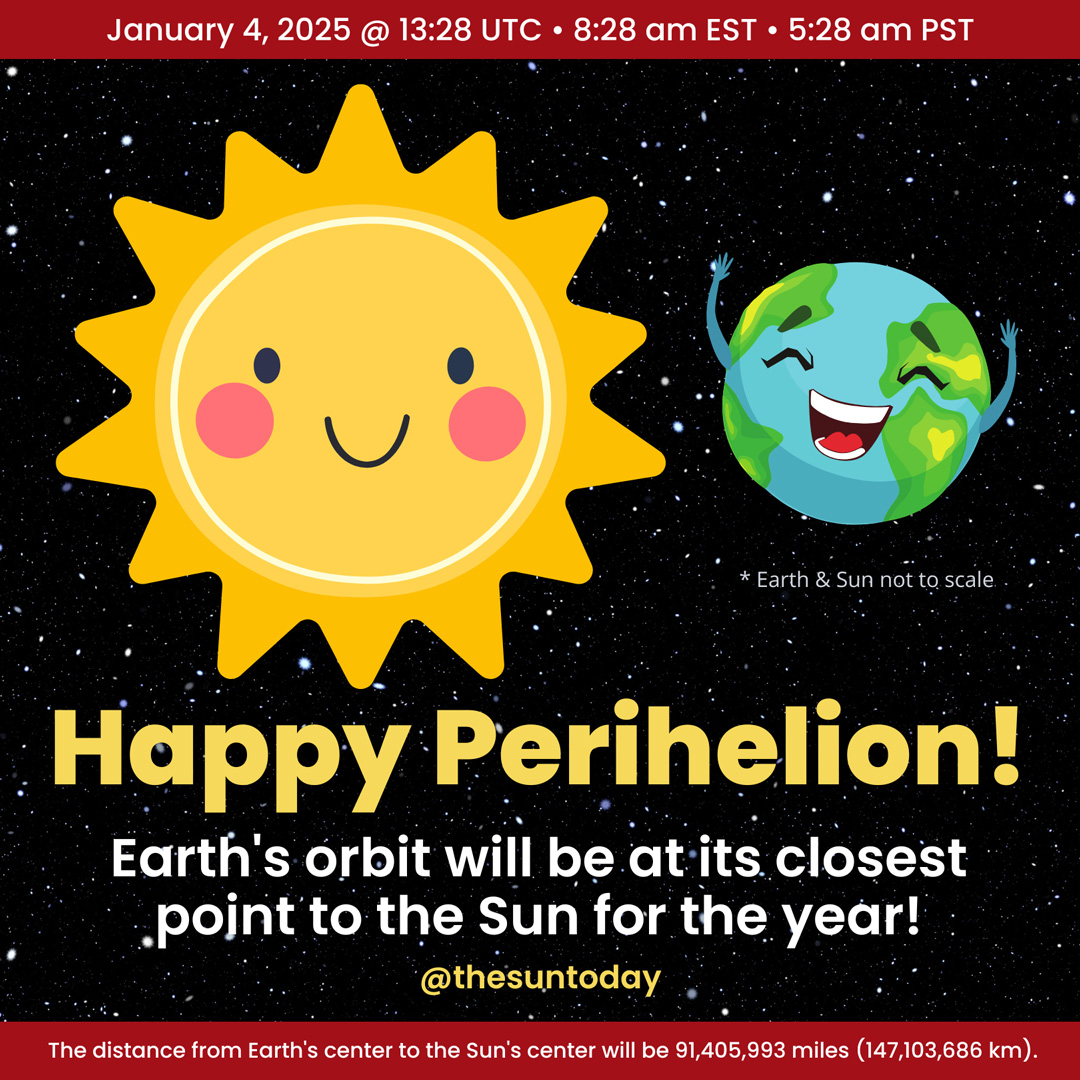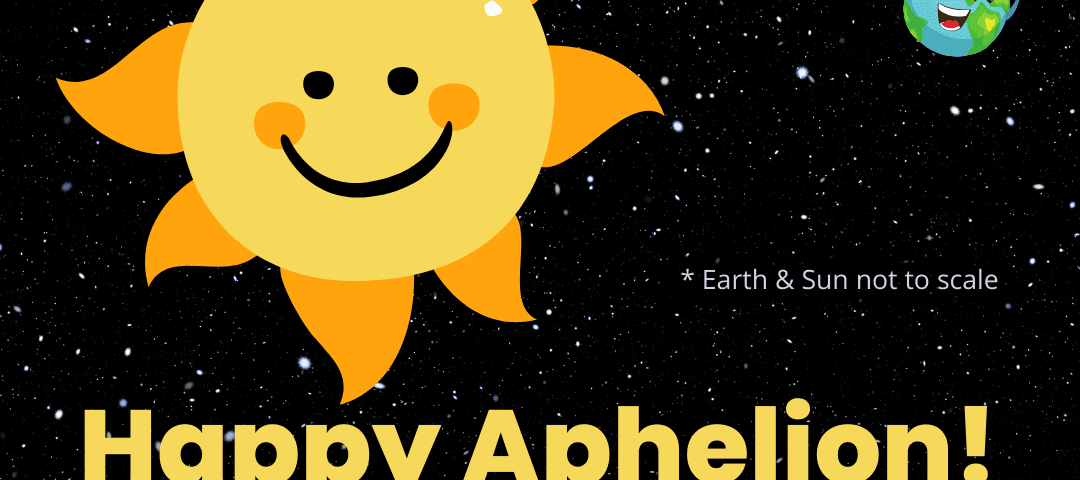
July is summer in the northern hemisphere and you might think this means we are closer to the Sun.
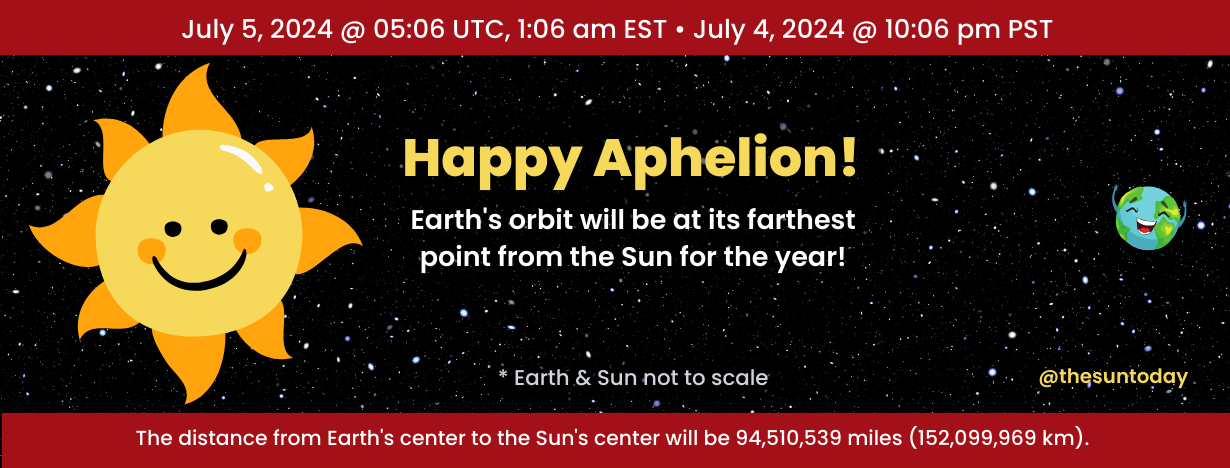
This is a common misconception. Earth is actually farther from the Sun in July and on July 4th it is at its farther distance in orbit around the Sun. Earth’s orbit around the Sun is an ellipse. Its closest approach to the Sun in this orbit is called perihelion and its farthest is called aphelion.
This farthest point occurs on July 5, 2024 @ 05:06 UTC, 1:06 am EST • July 4, 2024 @ 10:06 pm PST. At that time the distance from Earth’s center to the Sun’s center will be 94,510,539 miles (152,099,969 km).
The table below shows the date/time and distances for perihelion and aphelion from 2024 to 2028.
| Year | Perihelion | Distance | Aphelion | Distance |
|---|---|---|---|---|
| 2024 | January 2, 2024 7:38 pm | 91,404,095 mi | July 5, 2024 1:06 am | 94,510,539 mi |
| 2025 | January 4, 2025 8:28 am | 91,405,993 mi | July 3, 2025 3:54 pm | 94,502,939 mi |
| 2026 | January 3, 2026 12:15 pm | 91,403,637 mi | July 6, 2026 1:30 pm | 94,502,962 mi |
| 2027 | January 2, 2027 9:32 pm | 91,406,556 mi | July 5, 2027 1:05 am | 94,510,857 mi |
| 2028 | January 5, 2028 7:28 am | 91,404,129 mi | July 3, 2028 6:18 pm | 94,506,289 mi |
| * All aphelion/perihelion times are in local Eastern time (ET). | ||||
You may ask yourself: Is there any relationship between perihelion/aphelion with the solstices since they are kind of close to one another?
Well yes, they always happen close to one another. Aphelion happens about 2 weeks after the July solstice and perihelion happens about 2 weeks after the December solstice.
One of the crazy things about the extremes in Earth’s orbit around the Sun is the Sun’s apparent size in the sky. During perihelion the Sun is a little closer to us and aphelion it is a little farther from us. So this means that the Sun’s apparent size in the sky changes very slightly, i.e. when it is closer (perihelion) it appears slightly larger and when it is farther (aphelion) it appears slightly smaller.
This is just perspective. These size differences are almost unnoticeable. In fact, you really need a telescope to see this difference.
(NOTE: Do not forget – never look at the Sun with the unaided eye and especially never look at the magnified Sun with binoculars or telescopes unless you have the correct special filters!!)
The composite image below, taken with a special telescope, allows us to see this subtle size difference of the Sun between perihelion and aphelion.
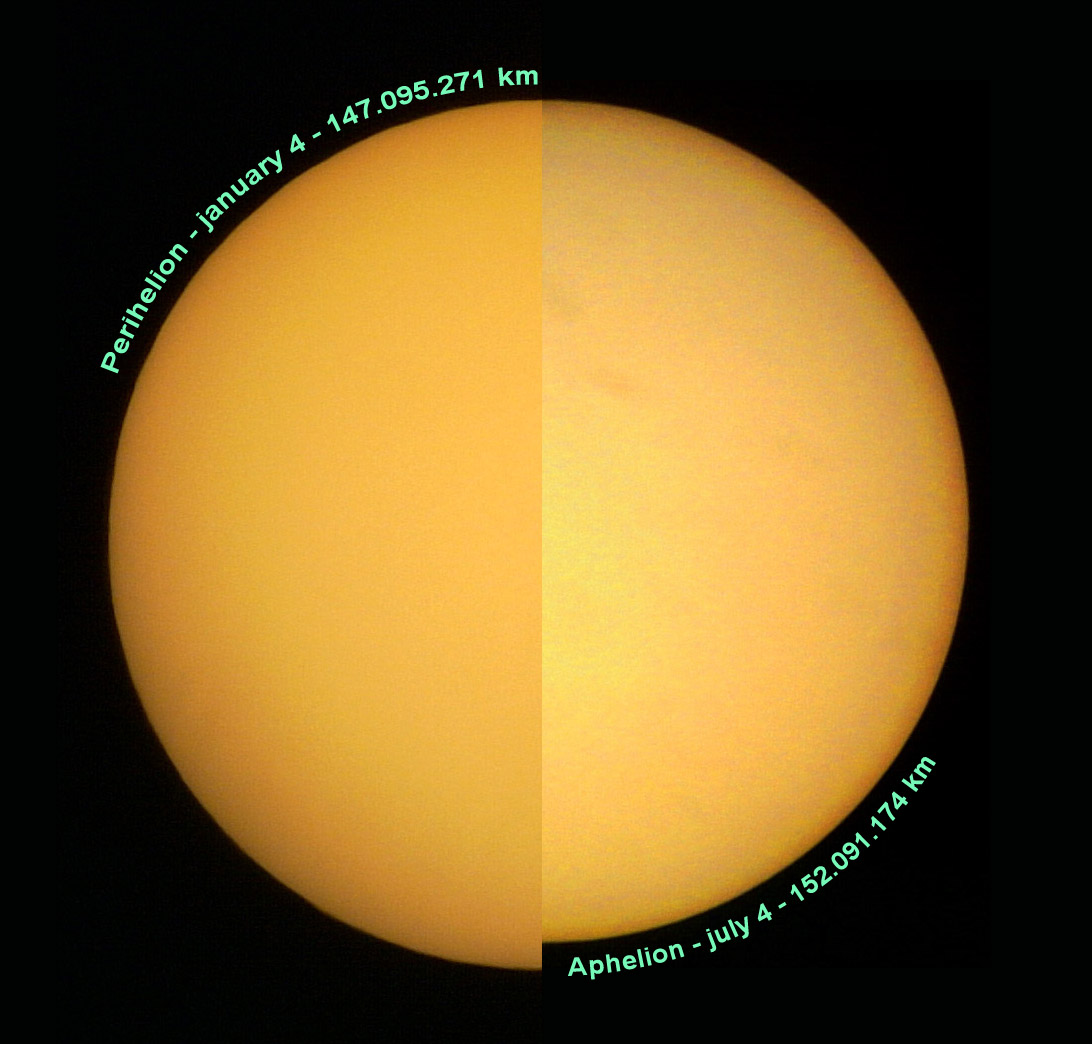
This composite neatly compares two pictures of the Sun taken with the same telescope and camera on the dates of Perihelion (closest approach) and Aphelion in 2008. The image labels include Earth’s distance in kilometers from the Sun on the two dates. (credit: NASA APOD/Enrique Luque Cervigón)
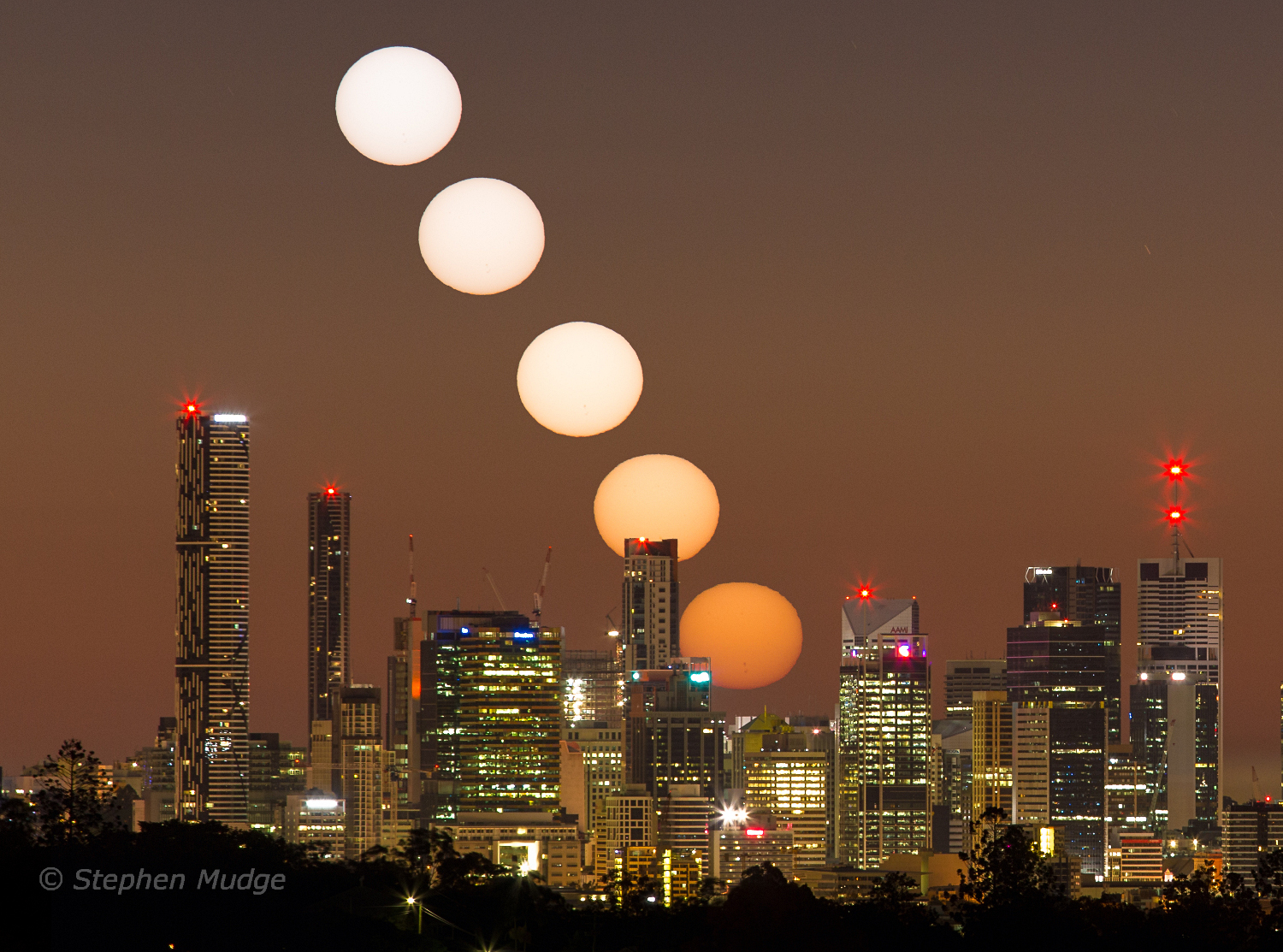
Aphelion Sunrise shared on Astronomy Picture of the Day, https://apod.nasa.gov/apod/ap170705.html
Image Credit & Copyright: Stephen Mudge
So happy aphelion and your farthest distance from the Sun!




